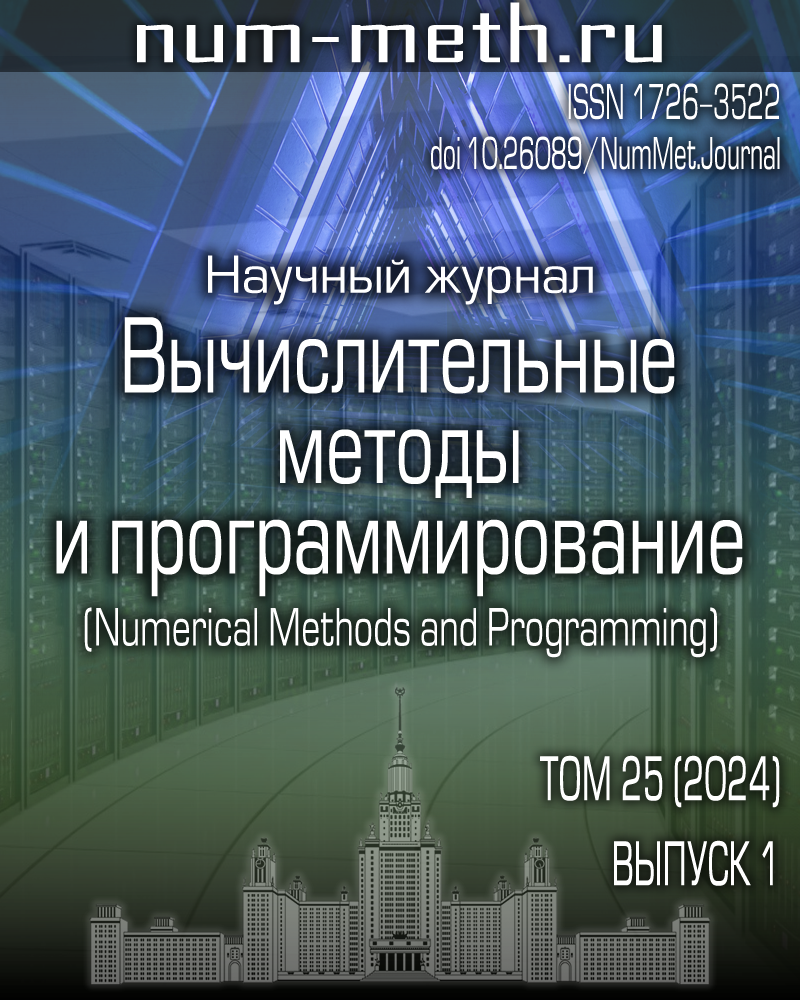|
|
Numerical methods and programming, 2014, Volume 15, Issue 2, Pages 370–382
(Mi vmp256)
|
 |
|
|
A geometric approach to solving the problem of tracking cyclones and anticyclones
B. N. Ivanov
Far Eastern Federal University, Vladivostok
Abstract:
Initial data for tracking cyclones and anticyclones are the isolines of sea-level pressure and geopotential fields at standard heights. The isoline structure of such fields is characterized by its nesting and dynamic stability over time. The nesting of isolines is specified by cyclones and anticyclones. The isolines nesting of the original field is represented by the structure of rooted trees. The tree tracing allows one to extract the isolines of the centers and bases of cyclones and anticyclones. The identification of cyclones and anticyclones at various time instants is performed sequentially by overlapping the isolines. The continuation of a trajectory is specified by the cyclone (anticyclone) whose area of intersection with this cyclone base is maximal. The dimensions of cyclones and anticyclones are determined by the actual distance between their centers. For the typical displacements of cyclones (anticyclones), not exceeding the size of the bases, the proposed computing scheme is stable. For pressure and geopotential, the 3 hours interpolation interval for the initial data satisfies the above constraints. The proposed scheme of cyclone and anticyclone identification is of the most common character and is applicable to any type of fields if the isolines of such fields are characterized by their nesting and are stable with time. The scheme is based only on the isolines and does not use any unique properties of the fields.
Keywords:
tracking, cyclone trajectories, cyclone identification, cyclone tracking.
Received: 05.02.2014
Citation:
B. N. Ivanov, “A geometric approach to solving the problem of tracking cyclones and anticyclones”, Num. Meth. Prog., 15:2 (2014), 370–382
Linking options:
https://www.mathnet.ru/eng/vmp256 https://www.mathnet.ru/eng/vmp/v15/i2/p370
|

| Statistics & downloads: |
| Abstract page: | 146 | | Full-text PDF : | 76 |
|




 Contact us:
Contact us: Terms of Use
Terms of Use
 Registration to the website
Registration to the website Logotypes
Logotypes







 Citation in format
Citation in format 